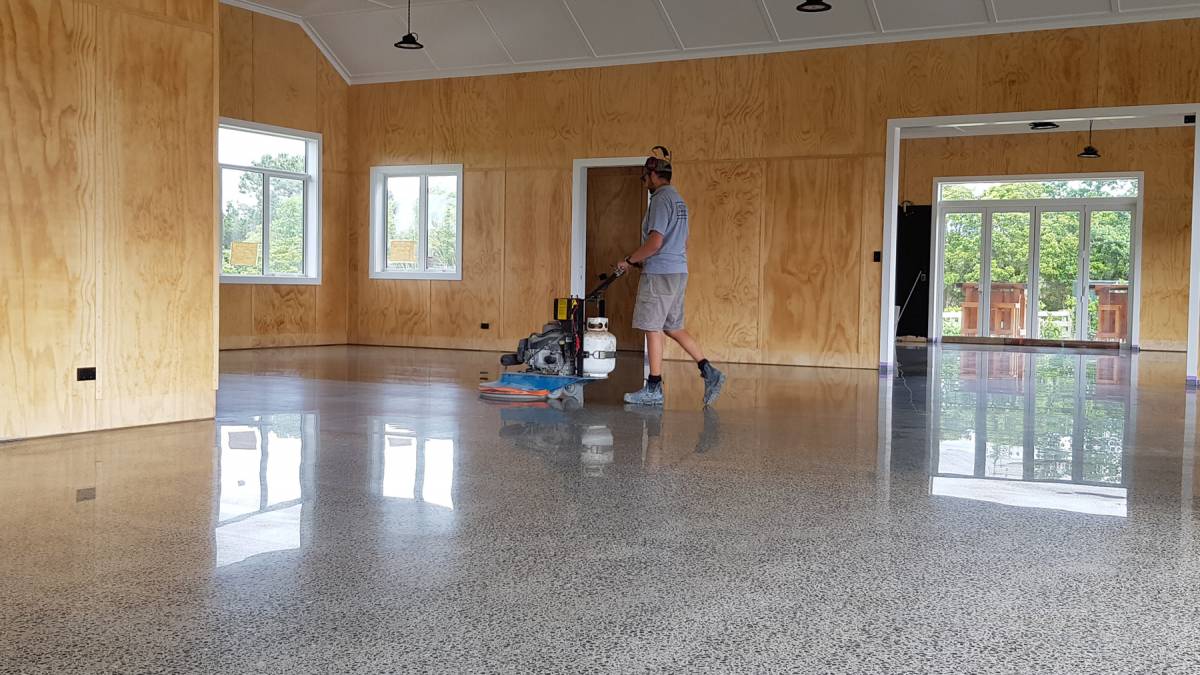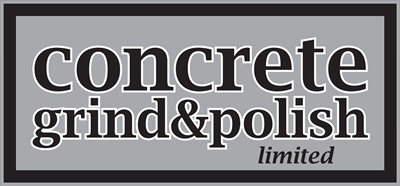Diamonds in Action: Understanding the Role of the Diamond Tooling in Concrete Polishing

Diamonds are known to be “a girl’s best friend”, but did you know they are also an essential part of contemporary concrete polishing? Diamonds, with their exceptional hardness and abrasion resistance, are used in a technique called ‘diamond tooling’ to achieve superior finishes on concrete surfaces.
The Science Behind Diamond Tooling
Diamonds are the hardest known natural material, scoring a perfect 10 on the Mohs scale of mineral hardness. This exceptional hardness enables diamonds to effectively grind and polish concrete surfaces, as they can withstand the abrasive forces involved.
Diamond tooling uses diamond particles bonded to a substrate, such as metal or resin, to grind and polish concrete. The size and distribution of these diamond particles, known as diamond grits, determine the aggressiveness and finishing quality of the tool.
Types of Diamond Tooling
Various diamond tools are employed in concrete polishing, including grinding shoes, polishing pads, and specialised tools like cup wheels and edge tools. Each type of tool is designed for specific stages of the polishing process, from coarse grinding to fine polishing and edge work.
Grinding shoes are for grinding, smoothing, levelling or reducing scratches, as well as adhesive, epoxy and paint removal. Cup wheels are tools bonded with metal and diamond segments welded along a pressed metal wheel body, which appears in a cup shape. These cups are used to break down heavy building materials like concrete, granite, and marble.
Different diamond tooling options offer varying levels of aggressiveness and finishing quality, allowing contractors to tailor their approach to the unique requirements of each project.
Grit Matters: Understanding Diamond Grit in Polishing
Diamond grit size is an important factor in achieving different levels of polish on concrete surfaces. Diamond tools used in hard concrete grinding have a wide range of grit sizes. These are denoted by numbers, with lower numbers indicating larger diamond particles and coarser grits, while higher numbers signify smaller particles and finer grits, ranging typically from 16 to 3000. When selecting the appropriate grit size, several factors must be considered. Firstly, the condition of the concrete surface: heavily damaged surfaces may require coarse grits, while moderately damaged surfaces may only need medium grits for general grinding and refinement.
Grinding goals also influence grit selection: for quick removal of coatings, coarse grits are best, whereas achieving a polished finish requires fine or extra fine grits.
The choice of diamond grit influences not only the final appearance of the polished concrete but also its texture, clarity, and reflectivity. The experts at Concrete Polish and Grind carefully select the appropriate grit sequence to achieve the desired results.
Bonding Agents in Diamond Tooling
Bonding agents play a vital role in diamond tooling by securely holding diamond particles in place during the polishing process. Common bonding agents include metal, resin, and hybrid compounds.
Different bonding agents offer distinct advantages in terms of durability, heat resistance, and flexibility. For example, metal-bonded diamond tools are known for their long lifespan and aggressive cutting action, while resin-bonded tools provide flexibility and produce high-gloss finishes.
Advanced Techniques with Diamond Tooling
Innovative advancements in diamond tooling have opened up new possibilities for intricate designs, patterns, and textures in polished concrete. Techniques such as decorative saw-cutting, diamond impregnation, and multi-step polishing sequences allow contractors to achieve unique and visually stunning results.
Advanced diamond tooling methods enable contractors to create custom finishes based on the aesthetic preferences and functional requirements of their clients.
Challenges and Solutions
Despite the many benefits of diamond tooling, contractors may encounter challenges such as heat generation, uneven wear, and surface contamination. Proper equipment maintenance, regular tool inspection, and effective dust control measures can help mitigate these challenges and ensure optimal performance.
Additionally, selecting the right diamond tooling for specific applications and adapting polishing techniques to suit the unique characteristics of each concrete substrate is essential for overcoming common challenges in concrete polishing.
Diamond tooling is indispensable in achieving high-quality concrete polishing, offering unmatched efficiency, precision, and versatility. By thoroughly understanding the science behind diamond tooling and using advanced techniques, experts like the team at Concrete Grind and Polish can take your polishing project to new levels of excellence.
To learn more about diamond tooling and explore the latest innovations in concrete polishing technology, contact Concrete Grind and Polish today.
